Lesson Contents
In this lesson, we’ll take a look at what networking is about, what kind of devices you will work with and the kind of work that is involved. This lesson is for absolute beginners that have no idea what networking is about.
Network Usage
Networks are used for a number of reasons, one way or another it’s usually about sharing:
- Information: we use networks for applications like e-mail or to reach certain websites.
- File sharing: we need a network so that users can reach a shared network drive with documents, pictures and/or other files.
- Resource sharing: we can connect a printer to the network that is used by multiple users. No need to connect a printer directly to each computer.
- Application sharing: we might have users that require access to the same application. For example, a finance department with five users that need access to the same bookkeeping software.
A network can be as small as two computers that are directly connected to each other or as large as the Internet with millions of devices.
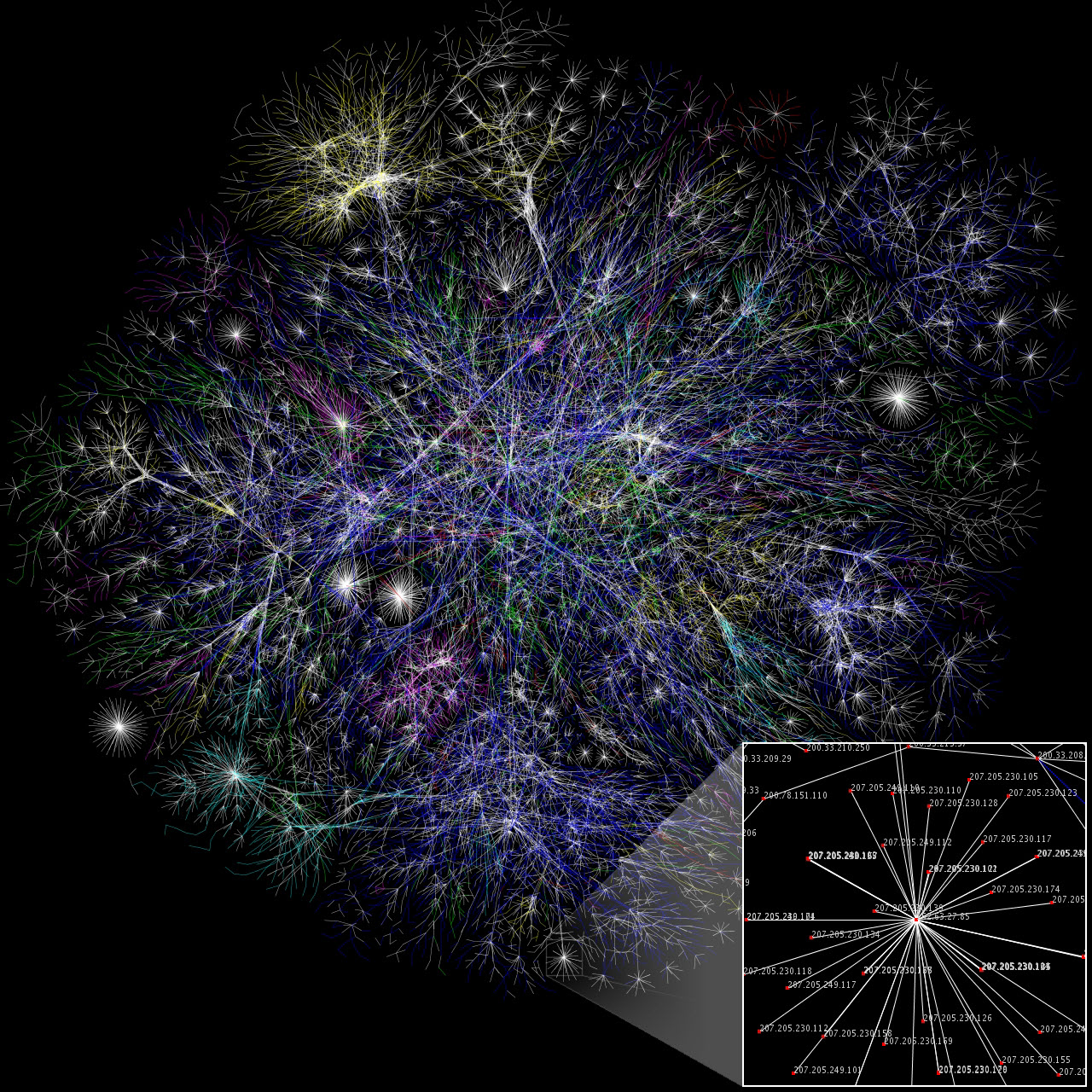
Network Hardware
To build a network, there are some devices that we need. Let me give you an overview with some of the basic hardware that is used.
Host devices
Host devices are the devices that are used by end users. A decade ago, we mostly used desktop computers but nowadays we have laptops, smartphones, and tablets.

Servers
Servers are similar to computers but have a different role in the network. For example, when you check your e-mail your client is connecting to an e-mail server to fetch your e-mail. This email server might be used by thousands of users so it has to be available 24/7.
Servers use similar hardware as what you will find in computers but depending on their task, are more reliable. They have more RAM (memory) with error correction, use hard disks that were designed to be always-on, have more storage space and so on.
Network Interface Card
To connect our computers and servers to a network, there has to be some interface. We use NICs (Network Interface Card) for this. In laptops, tablets, and smartphones you will find wireless NICs with radios/antennas.
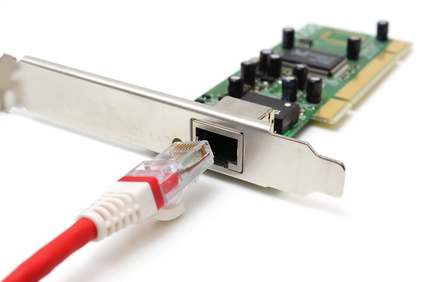
Communication Links
There are different types of communication links and cables. On your local network, you probably have seen UTP cables before:

For Internet connectivity, you might use DSL which uses the phone line from the telco, or perhaps you have cable Internet access which uses the COAX cable like your TV. For long distance links, a lot of fiber cable is used.
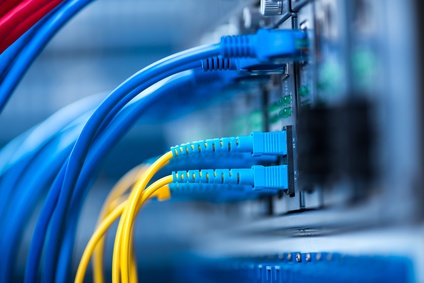
Nowadays we also use a lot of wireless technology where we use radios, antennas and radio waves for communication.
Switches
On local networks we typically use switches to connect computers and servers to the network, allowing them to communicate with each other. These switches can be as small as the one below, something you might find at home or at a small company network.
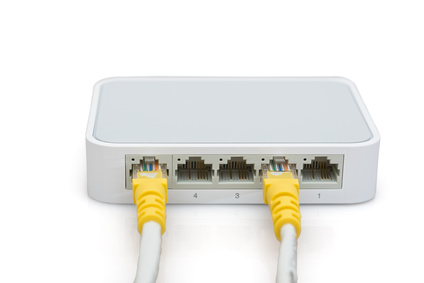
In large enterprise networks, you might find big switches that offer hundreds of connections for computers and servers.
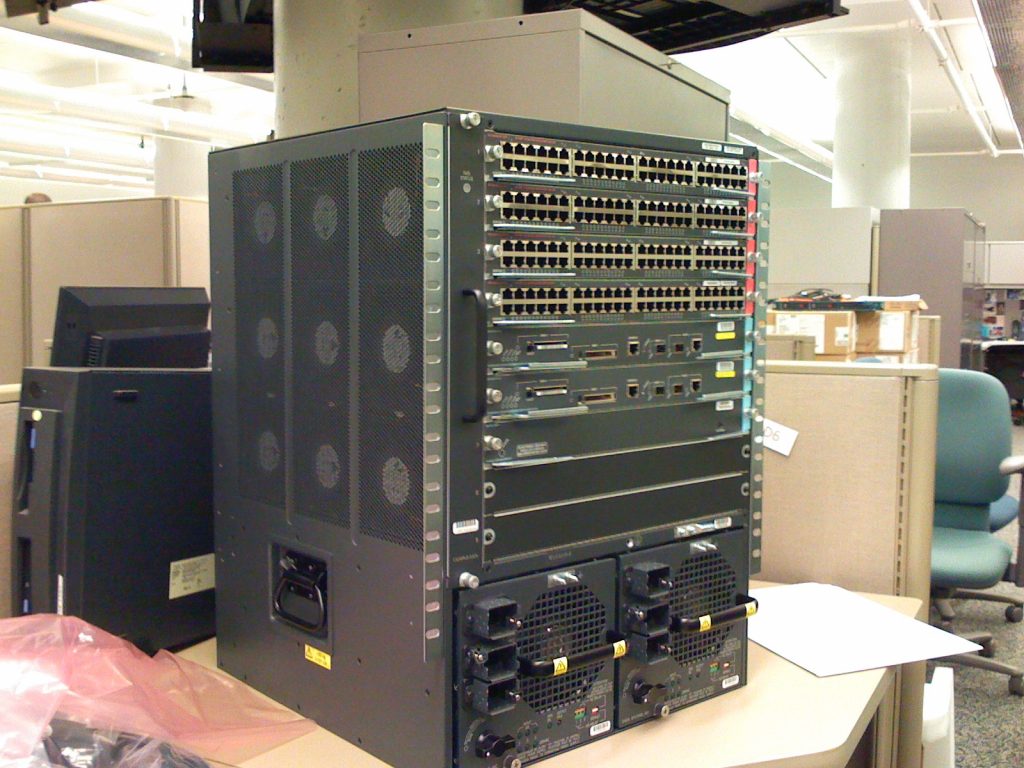
Routers
Routers are used for a number of reasons. The main reason is that they figure out what path to use to get to a certain destination. For example, you might live in New York but the e-mail server you use to check your e-mail is located in Los Angeles. Just like there are many different roads to take if you want to drive from New York to Los Angeles, there are many different network paths to take in order to send our network traffic from A to B.
By exchanging information about networks between different routers, we are able to calculate a path to get to each destination. Routers can be as small as something we use at home or at a small business:
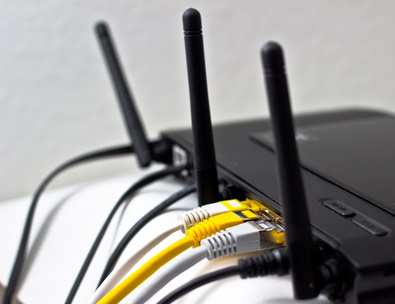
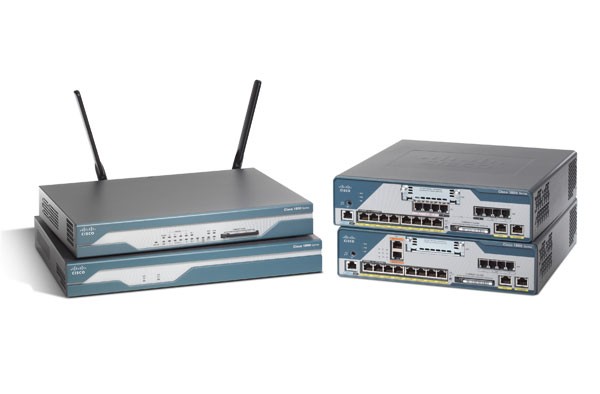
Or as big as the routers that are used by Internet providers like AT&T that handle a lot of traffic:
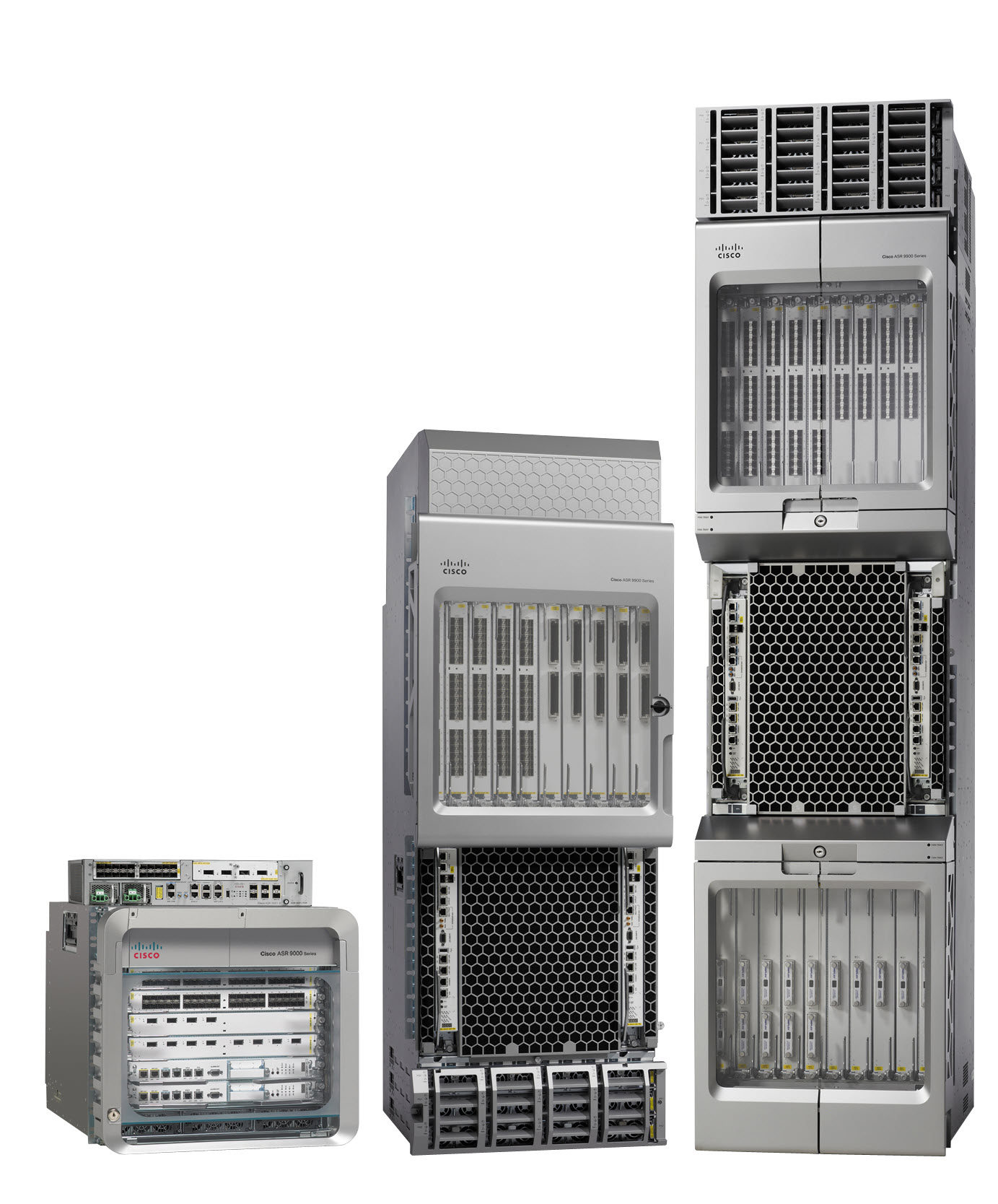
Firewalls
In a perfect world, we could trust everyone and we don’t have to worry about security. Unfortunately, besides all the great things the Internet offers us there is also a lot of malicious stuff. Think of viruses, malware, and hackers.
Firewalls are used to inspect network traffic and drop malicious traffic. We also use them to encrypt network traffic so that remote workers can access applications on the company network in a secure way.
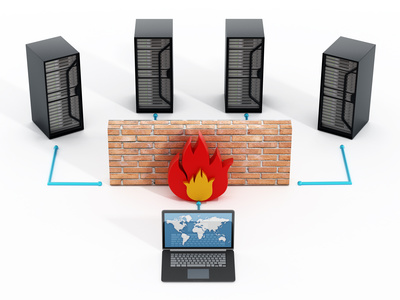
Network Protocols
There are many different vendors that sell networking hardware. There is Cisco, Juniper, HP, Dell, Mikrotik and many others. Somehow, we can build networks using equipment from different vendors without any issues.
This is because networking is mostly based on standards. Even though the hardware is different, we use the same networking protocols pretty much everywhere.
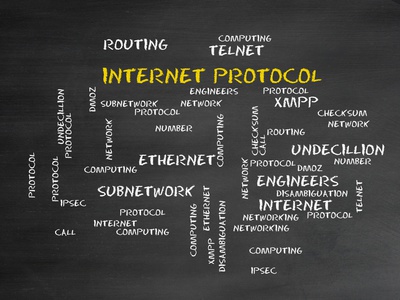
You might have heard of IP (Internet Protocol) packets before. IP is a standard, it doesn’t matter if you use a Windows or Mac computer, they both use IP. The same thing applies to network devices like routers and firewalls.
Networking Tracks
In networking, there are a number of different tracks. Let me walk you through some of the most common ones.
Routing and Switching
Everything I described above so far falls under routing & switching. This is about connectivity. Connecting devices like computers or servers together using routers and switches, getting network traffic from A to B.
Voice over IP
Originally, computer networks were built only for data traffic and we used phone cables for telephony. Nowadays, we also use the same data network for telephony with VoIP (Voice over IP).
We use IP phones that are connected to the network and a digital telephony system with calling rules. We also have to make sure that voice traffic gets preference on the network or you end up with poor audio quality.
Wireless
Not too long ago, most networks only had desktop computers with wired connections. Nowadays, a lot of users enter the office with a laptop, smartphone, and tablet, expecting connectivity for all these devices. Wireless networking means you have to understand how data is transmitted and received using radio waves and how to build a network that supports dozens of wireless users using hardware like access points and wireless controllers.
Data Center
A data center is a facility that houses up to thousands of servers. There’s air conditioning, it’s dust free, fire suppression and everything else to ensures these servers stay up and running. These servers might be used by millions of users all over the globe. The networking equipment that is used to connect all these servers has different requirements compared to your average office network.
Security
Network security covers a lot of different topics. Here are some of the things we have to deal with:
- Monitor network traffic, making sure no malicious attackers are able to enter our network.
- Block malicious traffic using network devices like a firewall.
- Encrypt traffic between different networks using VPNs.
- Authenticate users before they get access to the network.
- Create security policies and ensure they are enforced.
Network Jobs
So far, I described some of the components of networking. What kind of jobs are out there?
Network Engineer
The network engineer is the person that is building and configuring the actual network. For example, in a small office network, the routing & switching network engineer configures the switch(es) and routers so that users are able to access the Internet and some servers. If you work at an ISP (Internet Service Provider), you will be configuring routers to ensure that customers have access to the Internet. Wireless network engineers do site surveys to see what kind of wireless performance they can expect and if there is any interface. They configure wireless access points so that users get access to the network.
To be able to configure these network devices, you have to understand the different networking protocols and learn how to configure them.
Network Sales Engineer
A network sales engineer requires both technical and sales skills. You have to identify customer needs and requirements and be able to translate these into a solution with different networking products.
System Management
Networking is mostly about the network traffic itself, using networking equipment like routers and switches to get traffic from A to B, preventing malicious traffic with firewalls and/or encrypting traffic.
What about our servers and computers?
Servers have to be installed with operating systems like Windows or Linux. We need to monitor our servers, making sure they have enough RAM and disk space. When a hard disk crashes, it has to be replaced. User accounts have to be configured and when there is a new application, maybe it has to be installed on all computers in the network.
The management of servers and computers is called system management. This is a different job, you need different skills for network management and system management. I’m mentioning it here since sometimes there is some overlap. For example, a network engineer that is working with routers and switches might have to understand how to configure the NIC (network interface card) of a server when connecting it to a switch.


Hi,
Do you know any good tool hardware to test fiber optics on patch panels?
Thanks
Hello Giovanni
It depends on what you want to test. Fiber optics as part of structured cabling, will indeed have patch panels, but these cannot be tested alone. They must be tested as part of the end to end path of light (fiber optic termination to fiber optic termination). This means that in order to test a particular patch panel, you will need to test the entirety of the circuit that terminates there.
The most common elements that are tested include:
- Continuity testing - testing to simply see that light does get through.
- Power monitoring - testing the los
... Continue reading in our forumThanks a lot , also I have another question.
At my company we have a ISP that provide us a fiber connection with only one way direction(I mean that in the patch panel of the entrance room we had only a single connector for the single mode fiber and not two connectors for Tx and Rx…)
Can you explain me what kind of connection is that?
Thanks
Hello Giovanni
That sounds like a single strand full duplex connection which allows communication in both directions on a single fiber optic strand. This is achieved using a different wavelength for Tx and Rx transmissions (usually 1310nm and 1550 nm).
This bidirectional transmission is achieved via wavelength division multiplexing (WDM) couplers, also known as diplexers, that can combine and separate the data based on the wavelengths of the light. Generally, these WDM couplers are integrated into the optical transceiver module used to terminate the fiber on a
... Continue reading in our forumThanks a lot, are there any lesson about this topic??